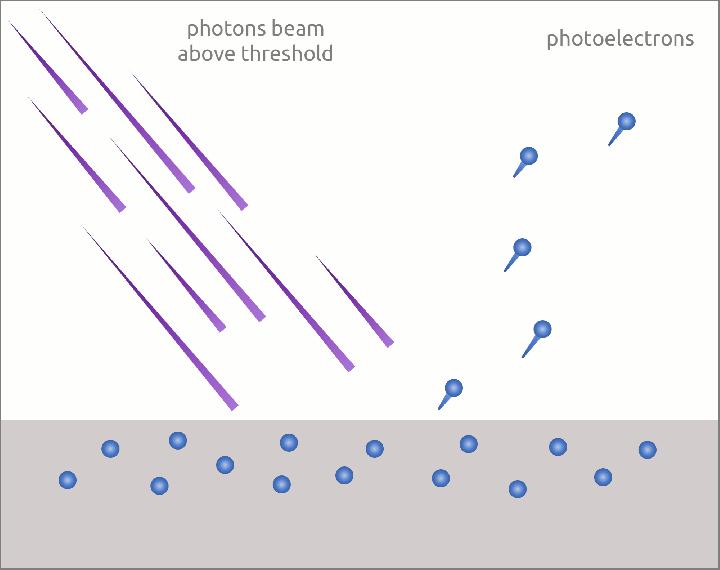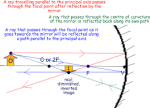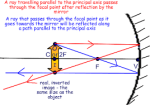Salamat
(ni Rycel-J A. Retuerne)
Lahat tayo ay nagsimula
Sa isang mahirap na asignatura
Nakakahilo sa una
Ngunit ika’y mamangha.
Iba’t ibang kaalaman
Panibagong matututunan
Mahirap man maintindihan
Aming parin susubukan.
Hindi man sapat ang kakayahan
Pilit paring lalampasan
Dugo’t pawis ang ibinuhos sa laban
Upang madagdagan ang kaisipan.
Ngunit hindi dapat magalinlangan
Dahil may gurong tutulong sa laban
Matalino, magaling, masipag sapagkat masungit kung minsan
At hinding hindi ka pababayaan.
Ngunit mabilis ang paglipas ng pnahon
Ay nakaraan ay dapat ng ibaon
Dahil haharap na sa panibagong hamon
Maraming salamat po sa binigay niyong pagkakataon.
Maraming salamat sa mga aral at payo
Salamat sa mga alaalang nabuo
Samalat sa busilak na puso
Palaging mananatili ito sa aking isip at puso.
Nakilala kita sa isang maling pananaw na akala ko sayo ay isang masungit at palaturong guro kung baga hindi marunong tumawa at hindi mabiro. Sa ating pagtatapos, gusto ko pong aminin na ikinasusuklam ko po kayo noong una, sa kadahilanang kailangan naming gumising ng maaga para ihabol ang takdang aralin sa umaga, mga proyekto na kay hirap gwain kung minsan at mga pagsusulit na nakakahilo at hindi maintindihan. Sa kabila ng lahat, napakahirap ang aming pinagdaanan ngunit alam naming ito ang bubuo sa aming pangarap tungo sa kinabukasan.
Sa dalawang taon na nakasama ko po kayo at sa isang taong pag-aaral ng Asignaturang Pisika (Liknayan) ay isang napakahalagang yaman para sa aming mga estudyante. Nais kong ipahayag ang mga natutunan ko sa General Physics 1 kung saan pinag-aralan naming ang air resistance ng isang bagay dahil dito nakadepende ang bilis ng isang bagay bago mahulog. Pagkatapos, gumagawa kami ng write up upang masanay at matuto ng mabuti sa aming gawain. Sapagkat, kailangan din naming iulat kong ano ang aming ginawa upang maibahagi sa aming kapwa kaklase. Sa pagtatapos ng unang semestre na akala ko’y matatapos na ang aming kalbaryo sa asignaturang Liknayan.
Subalit dumating na naman ang panibagong hamon na kung saan sa pangalawang semestre ay ay nagkaroon na naman kami ng General Physics 2, ngunit hindi ako nagsisi dahil alam kong marami akong matutunan at matutuklasan pa sa araling ito. Dito natutunan ko na may iba’t ibang uri ng lenses, may dalawang convex na salamin na kung saan tinatawag itong Converging Lens. Subalit ang isang uri ay tinatawag na Diverging Lens na kung saan ang dalawang concave na salamin ay pinagsama.
Ilan lamang yan sa aming natutunan, hindi ko inaasahan na sa asignaturang ito ay dadaan tayo sa matinding paghihirap at may mga panahon na halos hindi na natin maintindihan, ngunit hindi tayo sumukong subukan kong ano angating makakaya at dahil sa awa ng Diyos ito’y ating nay lampasan.
Ngunit sa ating paglalakbay ay nagkaroong ng pagtatapos, ito’y itinadhana sa atin upang magpaalam sa nakaraan at magsisilbing alaala ang mga nabuong samahan, mga nagawang karanasan, mga kulitan at katatawanan, at higit sa lahat mga aral na makabuluhan. Hindi lang tungkol sa Liknayan an gaming natutunan kundi pati narin ang pagdidisiplina sa loob ng klase, kahit mahirap ipinaramdam mo na hindi kami nag-iisa at nagawa mong magsakripisyo sa mga katulad kong estudyanteng mahirap makaintindi at ang pinakamalaking bagay na ginawa mo para sa amin ay binuksan mo ang puso mo at itinuring kaming tunay na anak at isang tunay na pamilya.
Sana’y manatili parin ang ating samahan at patuloy niyo kaming bibigyan ng mabubuting aral upang magamit ito sa aming buhay. Maraming Salamat Po! Sa mga alaala at aral na inyong ibinigay at itinuro sa amin, mga pag-aalaga, paggagabay at pagsasakripisyo. At higit sa lahat maraming salamat po sa walang sawang pagmamahal sa amin. MARAMING SALAMAT PO Sir LEXTER C. SUPNET! HANGGANG SA MULI. PAALAM.















































 We get:
We get:



























































